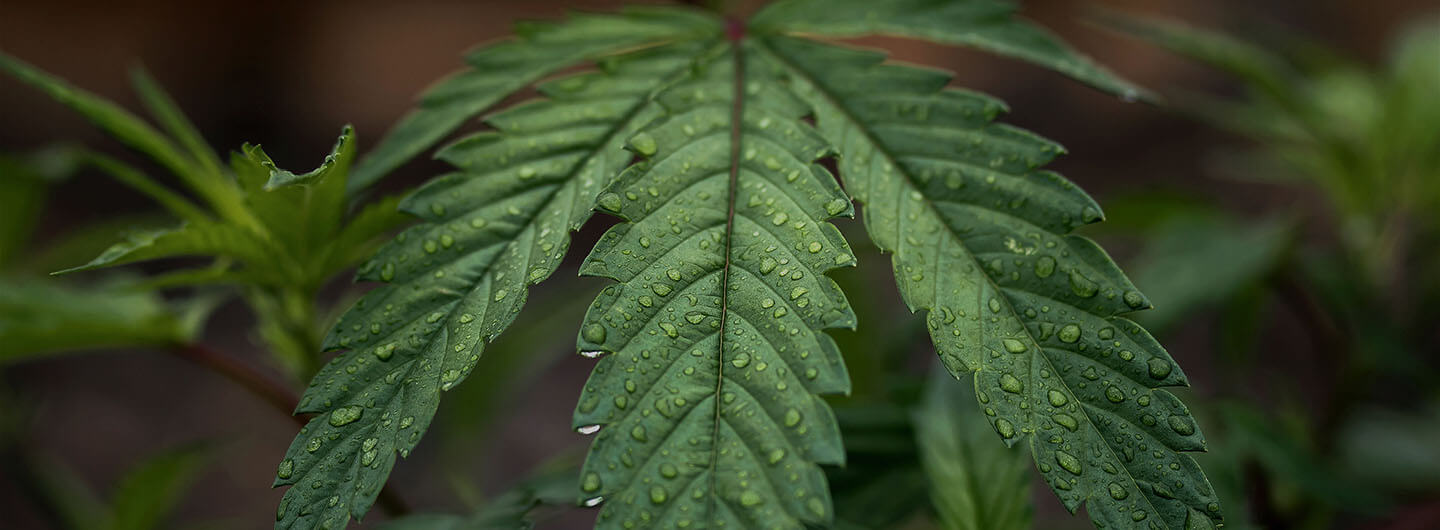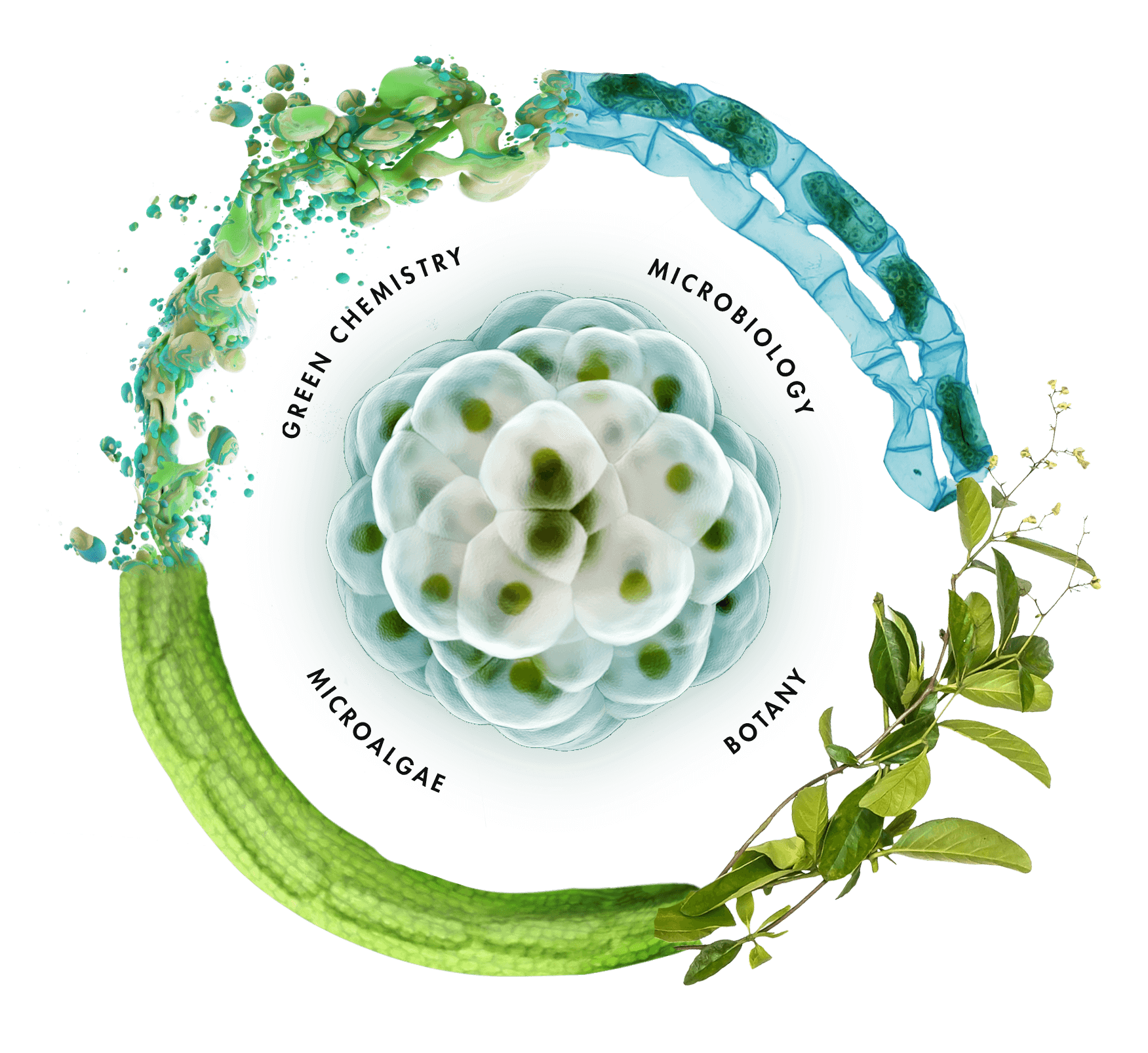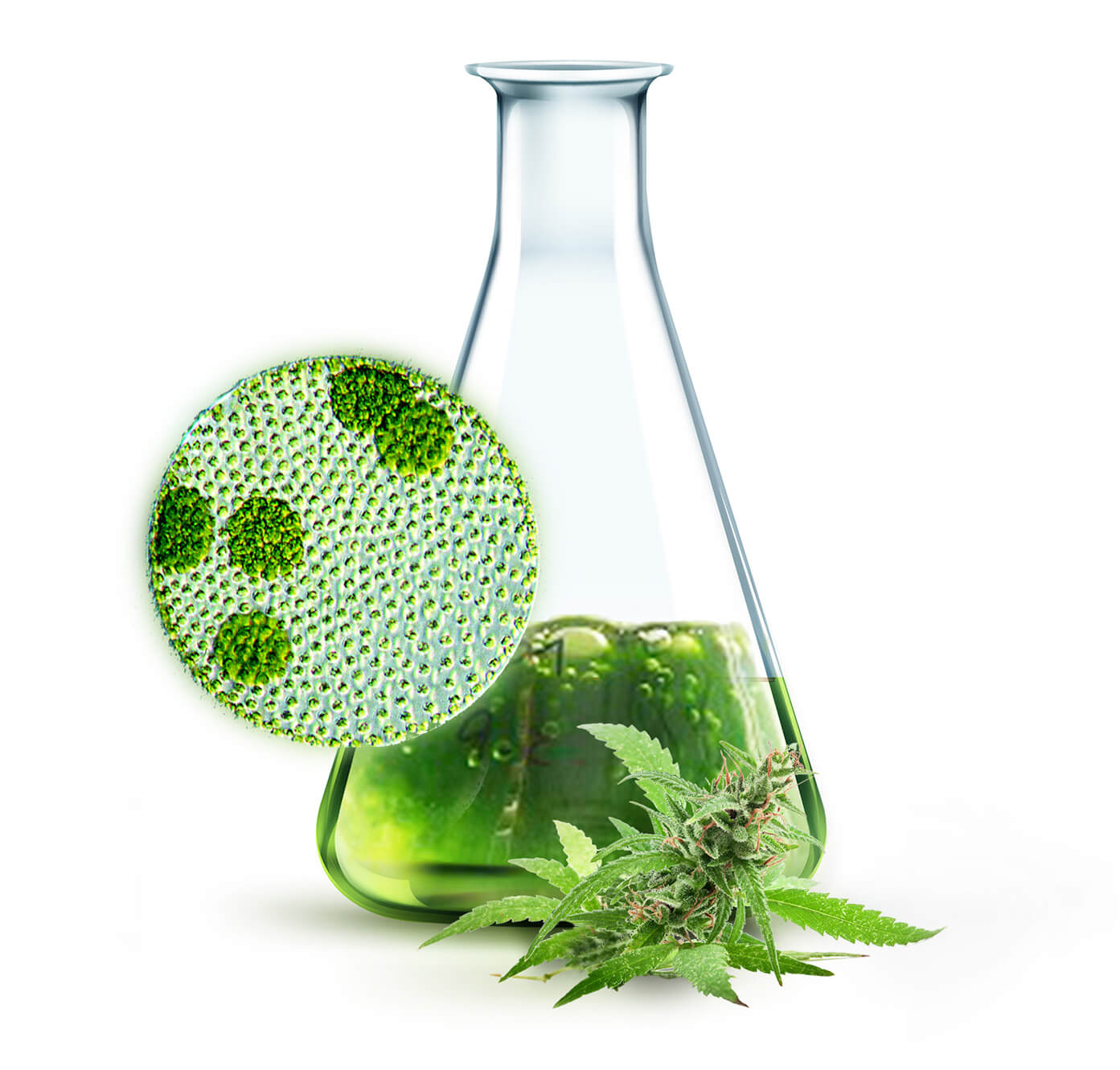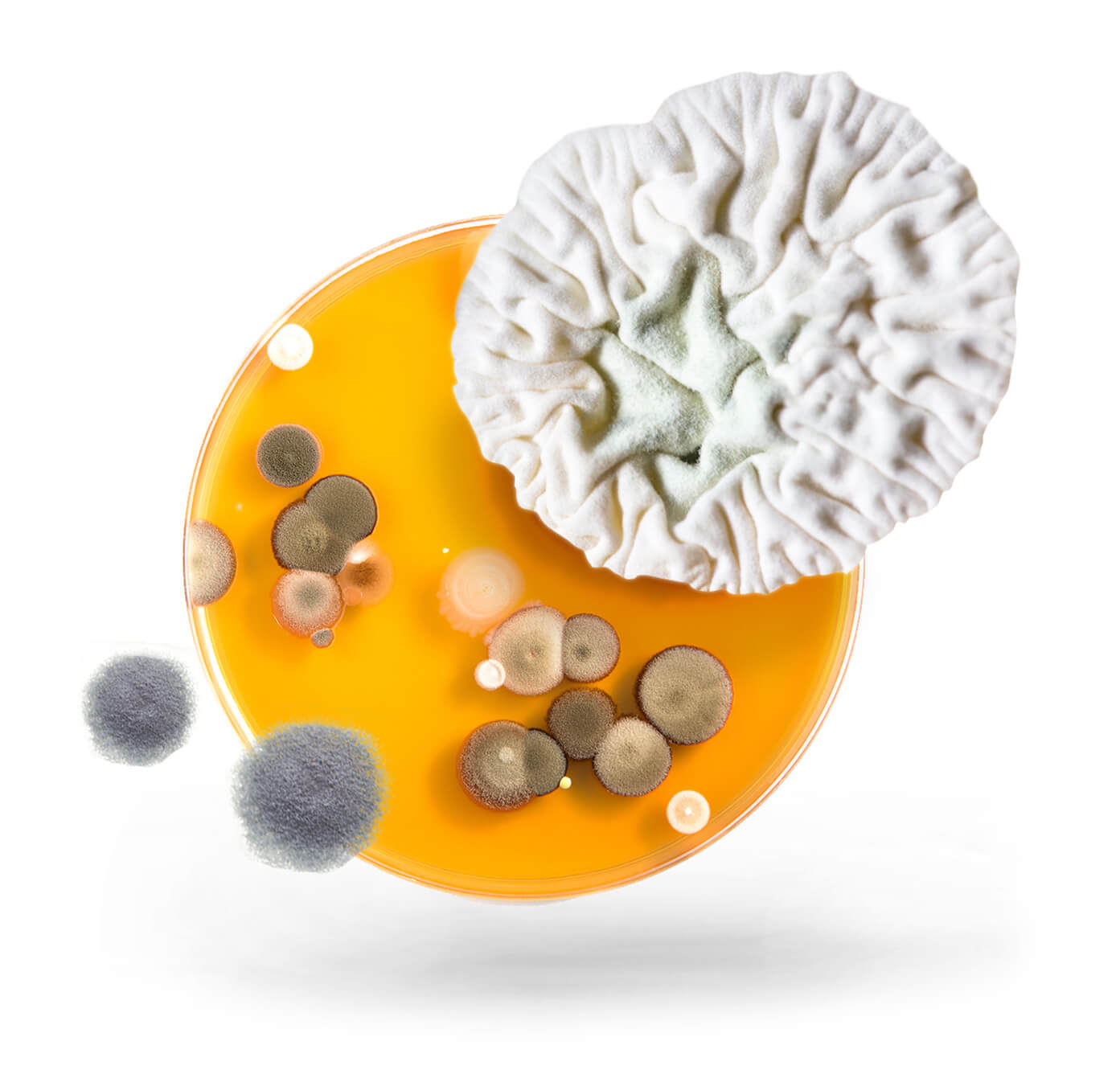
Natural Areas
Nature and efficacy walk hand in hand
The synergy of 4 sources of natural raw materials
All our technologies are obtained from the synergy of four sources of natural raw materials, such as botany, microalgae, microbiology and green chemistry; encompassed in our 4 Health Technology.
To keep up with the

Botany
Thanks to our team’s exhaustive knowledge on botanical extraction techniques, we can integrate active molecules into an appropriate solution that allows us to attain their maximum action.
-
More information
Selected part of plants: Higher concentration of active compounds.
Processing of plant material for extraction.
Selected extraction process: Based on selected plant material and compounds of interest.
Solvents: Water, Ethanol, CO2, Ethyl acetate…
Methods: Soxhlet, steam distillation, maceration, ultrasound, supercritical fluids…Optimization & upscaling extraction system
Fractionation:
Guided bioassay: screening of active fractions.
Isolation of bioactive natural compounds.Trials:
Toxicological tests.
Phytotoxicity tests.
Impact on auxiliary microorganisms.A unique approach in the study of plant extracts in our sector = Homogeneous efficacy

Microbiology
Our R&D team works with probiotics that favor nutrition in the rhizosphere and with bioactive microorganisms against specific pests and diseases that affect the Cannabis sativa L. plant.
Through bacterial fermentation techniques, they obtain microorganisms capable of producing phytohormones and enzymes naturally, which are favorable for medical Cannabis crop.
-
More information
Selected microorganism: Based on their capacity to produce compounds of interest.
Specific fermentation media: Based on microorganisms and compounds of interest.
Fermentation technology:
High concentration of benefitial microorganisms: Azospirillum, Pseudomonas, Bacillus, Trichoderma…
Guided fermentation to obtain compounds of interest: Selected growth medium. Selected microorganisms: able to synthesize high concentrations of compounds of interest. Nano-filtration to eliminate the microorganism.
Guided fermentation to obtain secondary metabolites: Selected growth medium. Selected microorganisms: able to synthesize high concentrations of compounds of interest. Nano-filtration to eliminate the microorganism.
Scalable fermentation system.
Separation and purification process: Based on compounds of interest.
Solvents: Water (direct use), Ethyl acetate (Organic fractions)…..
Methods: Liquid-liquid extraction, preparative chromatography.
Optimization and upscaling.
Microalgae
Microalgae are receptors of CO2 and work as an active source of natural phytohormones, reinforcing resistance to biotic and abiotic stress, improving the uptake of macro and micronutrients and strengthening the immune system of the Cannabis sativa L. plant.
-
More information
Specific fermentation media: Based on microorganisms and compounds of interest.
No company in our sector uses microalgae as an ingredient for biopesticides or biostimulants.

Green Chemistry
There are millions of microscopic beings in the seas and oceans, such as microalgae and cyanobacteria, most of them still unknown. For us, it is a challenge to study and incorporate them into our solutions since we can obtain a multitude of bioactive compounds.
With all this, we enhance our products’ effect with the help of the plant itself.
-
More information:
Foliar applications:
Organic adjuvants: Absorption: surfactants. Adsorption: adherents
Selection based on: Specific crop. Knowledge of foliar structure. The life cycle of target pest: eggs, larvae, adults, fungal spores, bacteria.
As a result: drop extension and penetration of active ingredients.
Root applications: Organic adjuvants: Dispersion: Wetting.
As a result: Better penetration of active ingredients. Lateral movement and uniform moisture.
Natural ingredients to stimulate plant physiology in specific phases of crop cycles: Rooting compounds, hardening compounds, improving penetration in leaves.
Priming


.png)

